Illustrating books like The Wonderful Wizard of Oz requires absorbing the text and adding your own perspective to the visuals. Just recording what the words say isn’t enough to bring life to the story.
Many classic illustrators like NC Wyeth wanted to express an extra point of view by creating scenes that fit with the plot but also expanded the reader’s perspective. I like that approach, but Oz is so visually rich, I found it difficult to choose just which scenes to show the reader and give them more than what was already there.
I grew up on the images from the movie first, so re-visualizing the scenes was not easy to keep away from the ground that many, many artists had already trod, and still keep the magic alive for the reading experience. Even so, I had to balance between what was expected, like how the Scarecrow was constructed, and my own ideas, like creating a Tin Man that was cobbled together in the story from bits of metal things but verges on a more robotic look.
As artists we bring a perspective to the material beyond the average reader. I feel it’s our responsibility, even as readers ourselves, to expand that experience and treat the audience to what they may not have been able to picture in their minds.
An idea is nothing until it’s in the works, out of your head, on the paper, and in the process!
I sketched out the entire book in quick thumbnails in order to find the moments and scenes I felt would make good paintings. I had far too many, naturally, and had to carve it all down to just the right balance between what was great for the book and what was great for me to paint. This meant leaving a lot out. Otherwise, I could’ve easily doubled the work that went into the assignment.
I find the selection of scenes really challenging when working on a limited edition book. I constantly question, which ones are helping the story and which ones are just recording the words in the book.
Sometimes all it takes is a different pov on the scene that adds interest, like placing the Wizard in a clocktower-like laboratory and animating the characters around him. Then sometimes simply capturing a character’s response is enough to bring a richer experience to the reader, like pushing the portrait of the Lion into the corner of the painting, to express his fear.
Here then are the final images for my take on the story, with a little bit about how I approached working on each painting to capture a Limited Edition of The Wonderful Wizard of Oz, by L. Frank Baum, published by Lyra’s Books.
Humbug Wizard
He is finally discovered by Dorothy & Co as a humbug, and no one, not even the Wizard is happy about the discovery. As I drew, I thought about dark chambers with hidden passages that a wizard might create in order to disguise his real identity. Somewhere out in front of people but still unnoticed might be the way to go. It dawned on me that a clocktower would be just right.
Unfortunately, during research I discovered that this trick had been played before. Frustrating, isn’t it? When you come up with an idea that’s wholly fresh to you, only to discover it’s been used before?
It’s never done quite like the way you visualize it though. Ever. The idea becomes generalized while your expression becomes specific and can give an old idea new vigor. I dropped the thought that I was copying and just went about it the way I felt was mine. It’s the only thing you can do at that point.
Wizard Away
So many images show the Wizard in the balloon from overhead. In my initial thumbnails, so did I. It’s important to note that many times you have to just get the idea out onto paper, whether it’s dull or even been done before, just to get it down and look at it. An idea is nothing until it’s in the works, out of your head, on the paper, and in the process!
Because that’s when I designed the image from Dorothy’s pov. And that became my pov.
Angry Trees
The darkness of the woods, the mood, the light, the mystery…all of that came from the scene in the 1939 movie when they’re in the Haunted Forest and the sign says, ‘I’d turn back if I were you.’ Even the sound in the scene made it spooky. As a kid, it was a little bit of Halloween right there.
When I read the book and realized the filmmakers responded to that section, too, I was inspired and started drawing shapes of animated tree limbs. I loved the look of the angry trees in the apple orchard at the beginning of the film, and soon my trees had gnarled bark for wrinkles and expressions, and chopped-out sections for mouths as if some mad woodsman never finished cutting down trees in this part of the forest because…mean trees.
Monkeys to the Rescue
The Flying Monkeys aren’t owned by the Wicked Witch. She merely uses them because she owns the Golden Cap which allows the possessor three wishes. The Witch uses it three times in the book, and then the monkeys, who own the Cap, take it back.
It’s kinda strange since we all got used to thinking the Witch commands them so fabulously in the film. But Dorothy uses it as a quick escape from the Witch’s Castle and a convenient way to get back to the Emerald City to ask Oz to send her home. (It was also quite convenient for the author, too!)
Glinda The Good
Glinda isn’t as icky-sweet as portrayed by Billy Burke in the movie version, though she is very kind and generous in the book. She seemed pragmatic to me, so I wanted my Glinda to reflect someone of authority in the rights of Wiccan.
Still, it was a little awkward visually— Baum wrote that Glinda had red hair and sat on a throne of red jewels. It’s an odd match of colors, (writers don’t paint) but I did follow the book in this regard. A weird effect, but then all of Oz is weird. (Wait till you read the second book in the series. Weirder still)
Home
Dorothy pops out of nowhere and lands in a field back in Kansas. I could just feel her relief to be back in the soil of her home, her head just coming into the light.
Aunt Em and Uncle Henry are building a new home on the farm and fixing it up after the tornado destroyed it all, and here comes Dorothy along with Toto, too, and…no shoes. The Silver Shoes that were given to her at the beginning of the adventure (and not the famous Ruby Slippers from the movie) are no longer on her feet. I guess she only gets to keep her memories from her experience in the Great and Powerful, Wicked, Weird, and Wonderful Land of Oz.


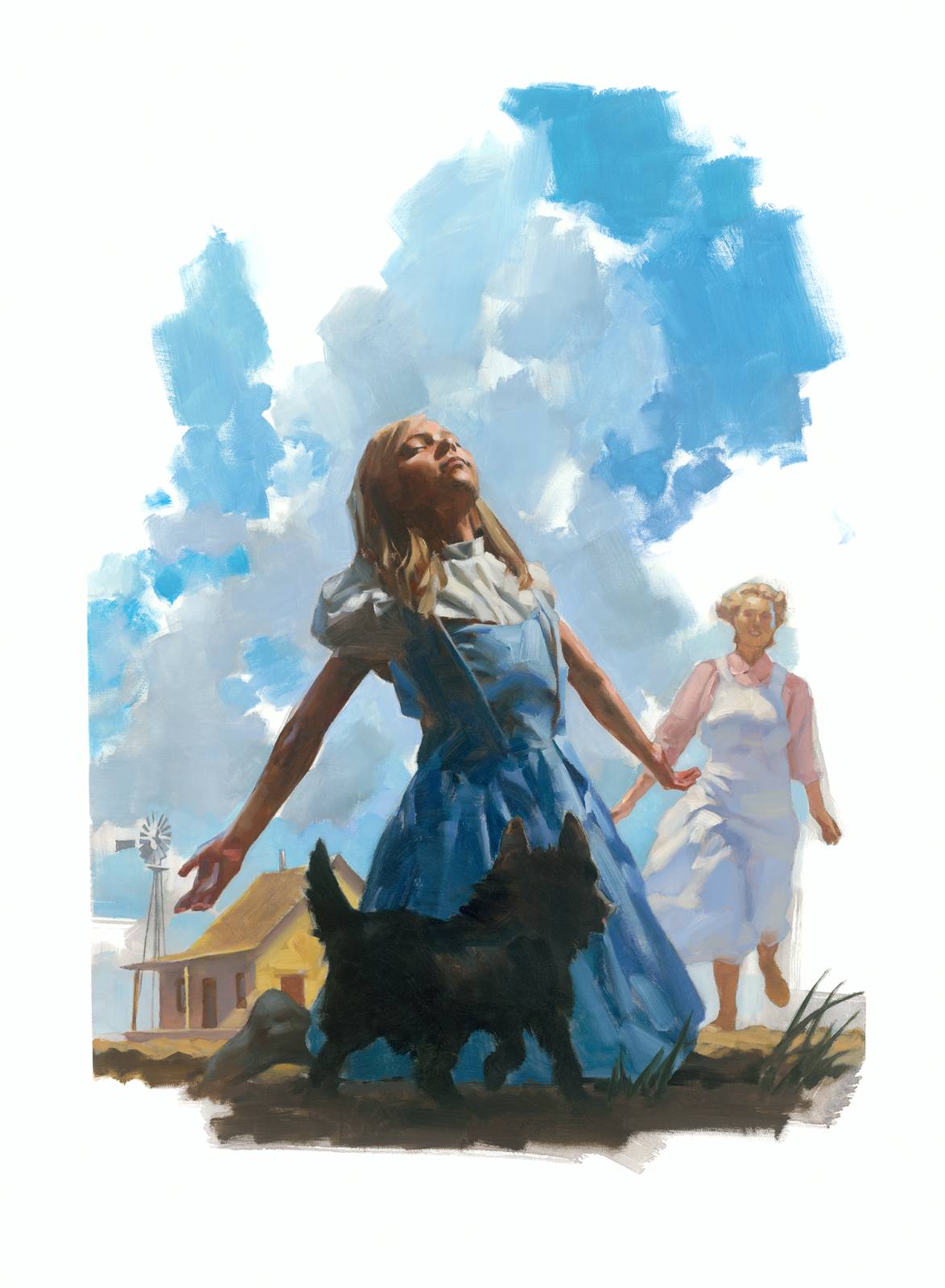
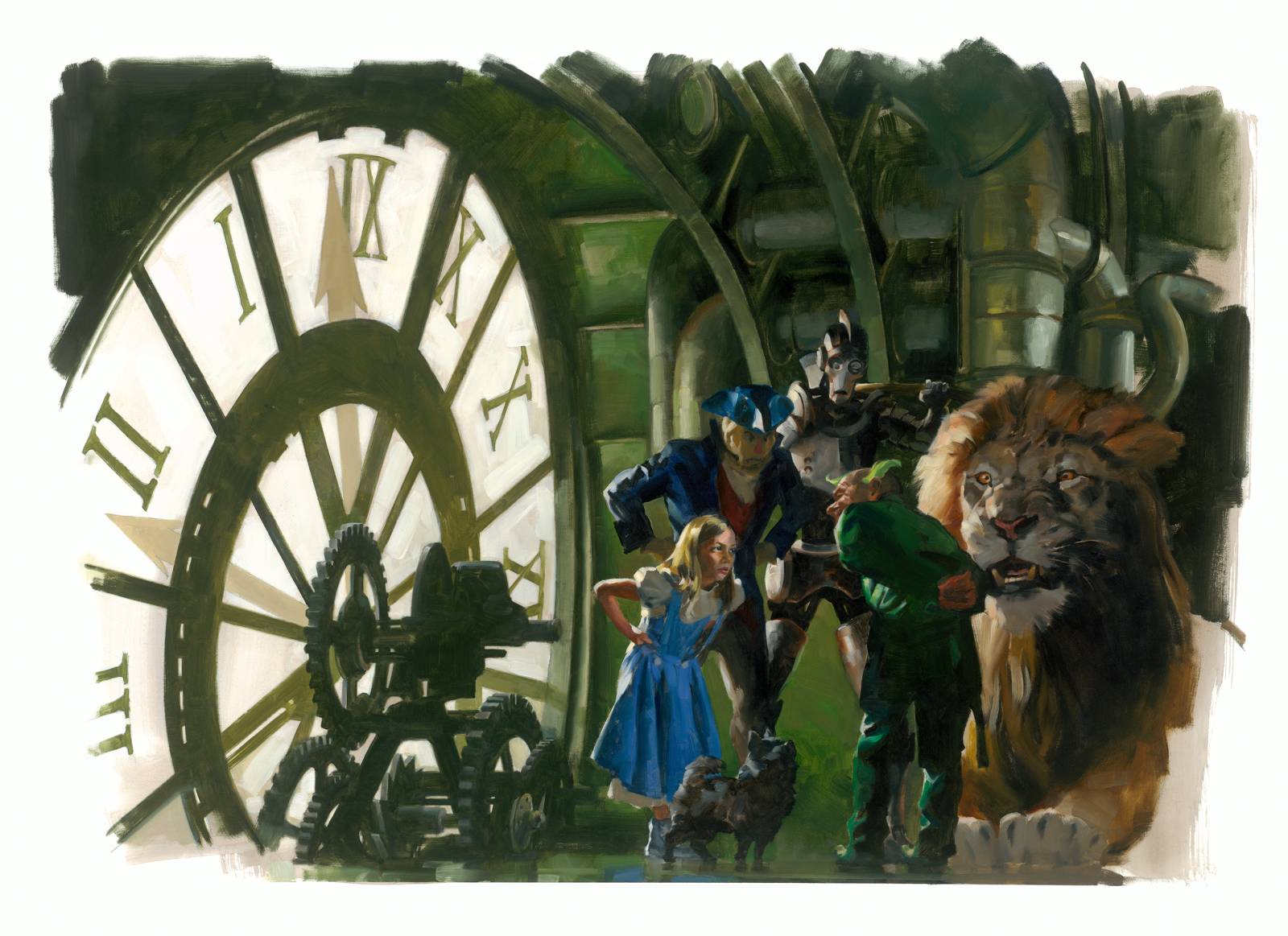

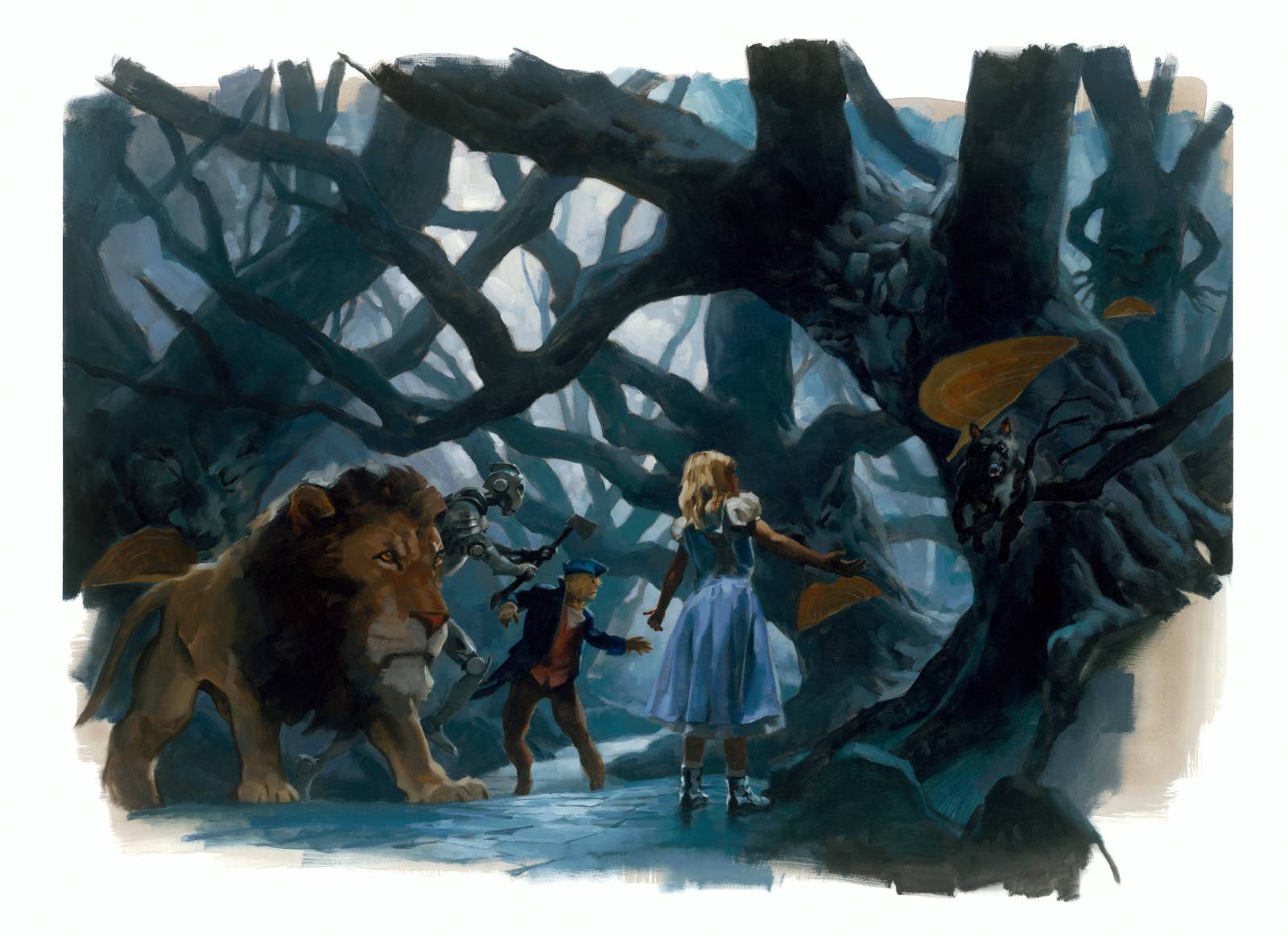


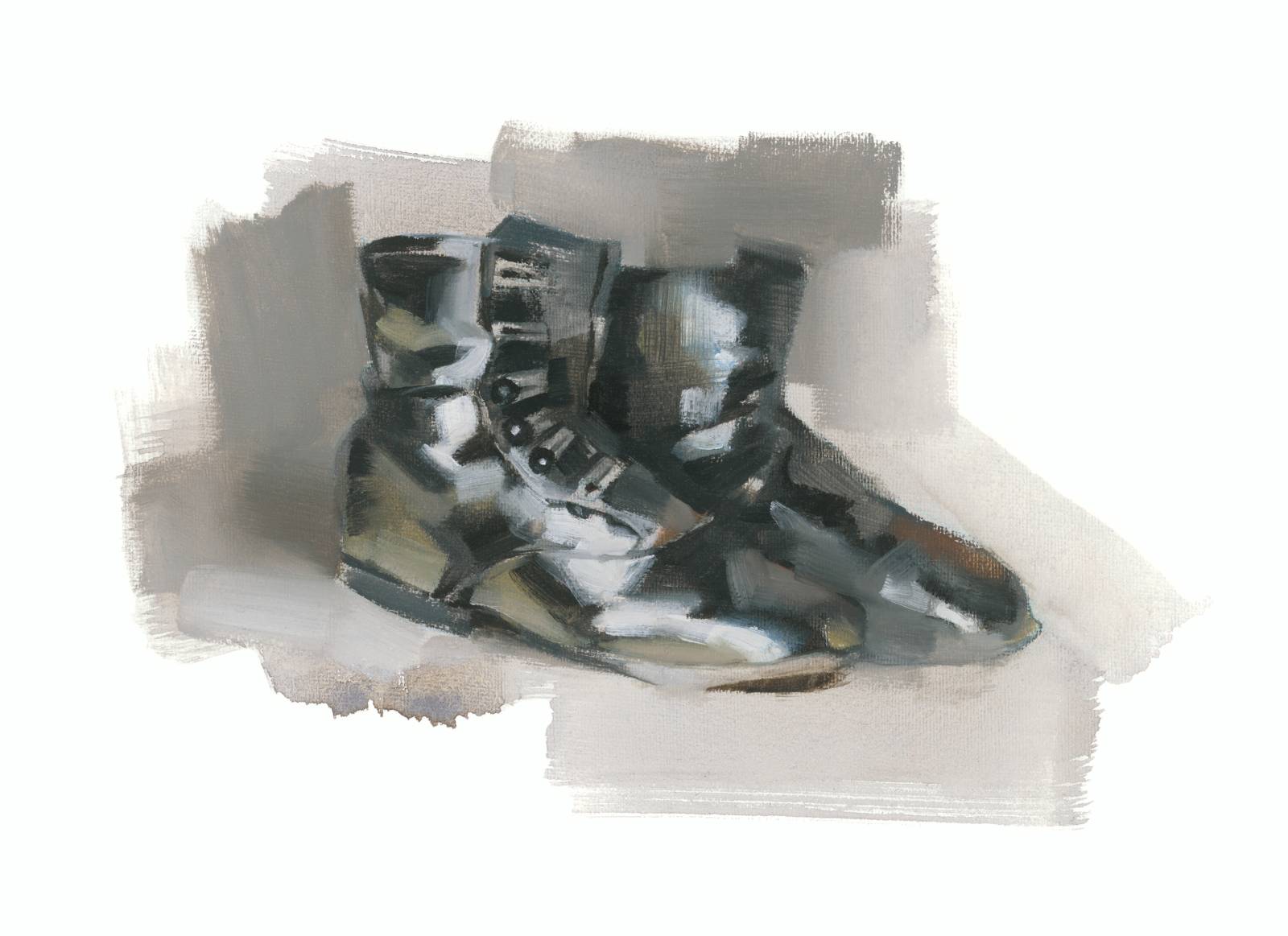
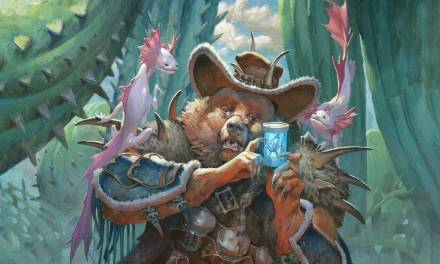
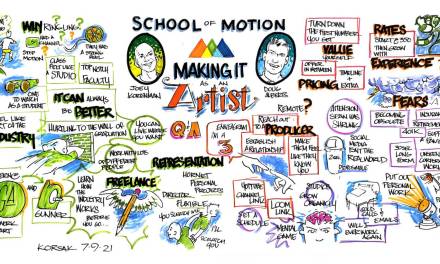
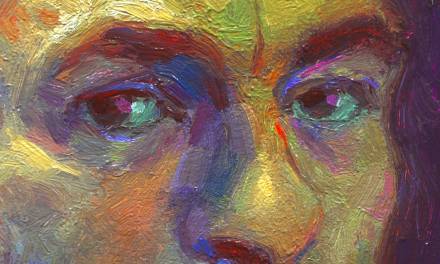
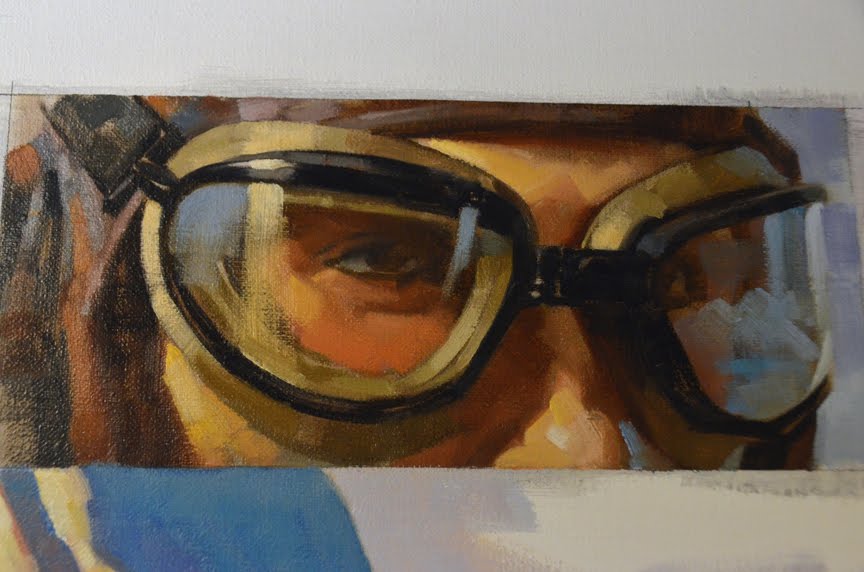
I’d happily live inside the world of your paintings, they’re so fresh and vibrant, spectacular art as always Greg! 🙂